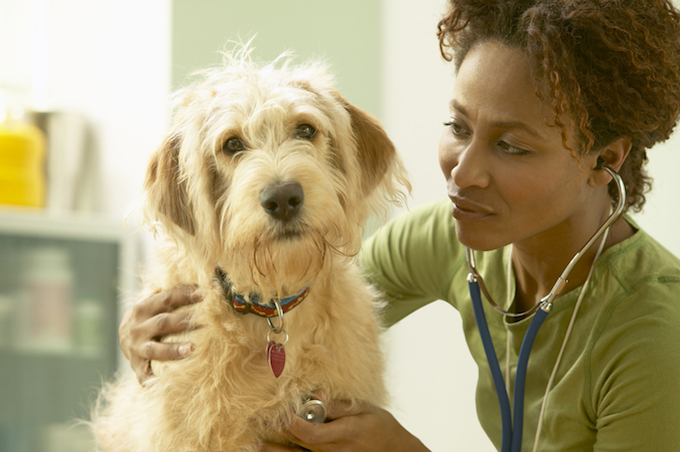Aortic thromboembolism in dogs happens when a blood clot gets dislodged. The condition is very serious as the aorta distributes blood around the body.
Technically, the condition is also referred to as saddle thrombus. Additionally, the condition can be shortened to ATE.
The condition is a serious one, but thankfully it is quite rare. Although male dogs seem to suffer from it more than female dogs.
If you see the signs of the condition in your dog, then get to a veterinarian for a proper diagnosis and treatment.
Here’s what you should know about the symptoms, causes, and treatments for the condition.
Symptoms of Aortic Thromboembolism in Dogs
The condition produces a wide range of symptoms. For example, some of the common symptoms include:
- Leg pain
- Paralysis
- Breathing problems
- Vomiting
- Hypothermia
- Anxiety
- Hypothyroidism
- Coughing up blood
- Not wanting to exercise
Causes of Aortic Thromboembolism in Dogs

The cause of the condition is usually an underlying condition. For instance, some of the common underlying conditions include:
- Bacterial infections
- Heartworm
- Iron deficiency
- Heart problems
- Hyperadrenocorticism
- Sepsis
Additionally, male dogs are more likely to suffer from the condition than female dogs.
Treatments for Aortic Thromboembolism in Dogs
Firstly, your vet will ask about your dog’s symptoms. Secondly, your vet will ask about your dog’s full medical history. This will include any breed-specific problems.
Thirdly, a full physical examination will be carried out. Blood and urine tests will be taken.
Additionally, ultrasounds can identify the blood clot.
Generally, treatment focusses on the blood clot. Usually, this requires a dog staying in hospital. Oxygen therapy can be used, along with drugs to try and dissolve the blood clot. In some cases, surgery to remove the blood clot is needed.
Unfortunately, the condition is a hard one for dogs to recover from. So always follow your vet’s advice to try and give your dog the best chance of recovery.
Have you ever cared for a dog who suffered from this condition? How did your vet help your dog recover? Let us know in the comments section below.








